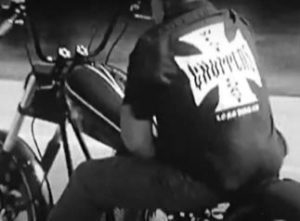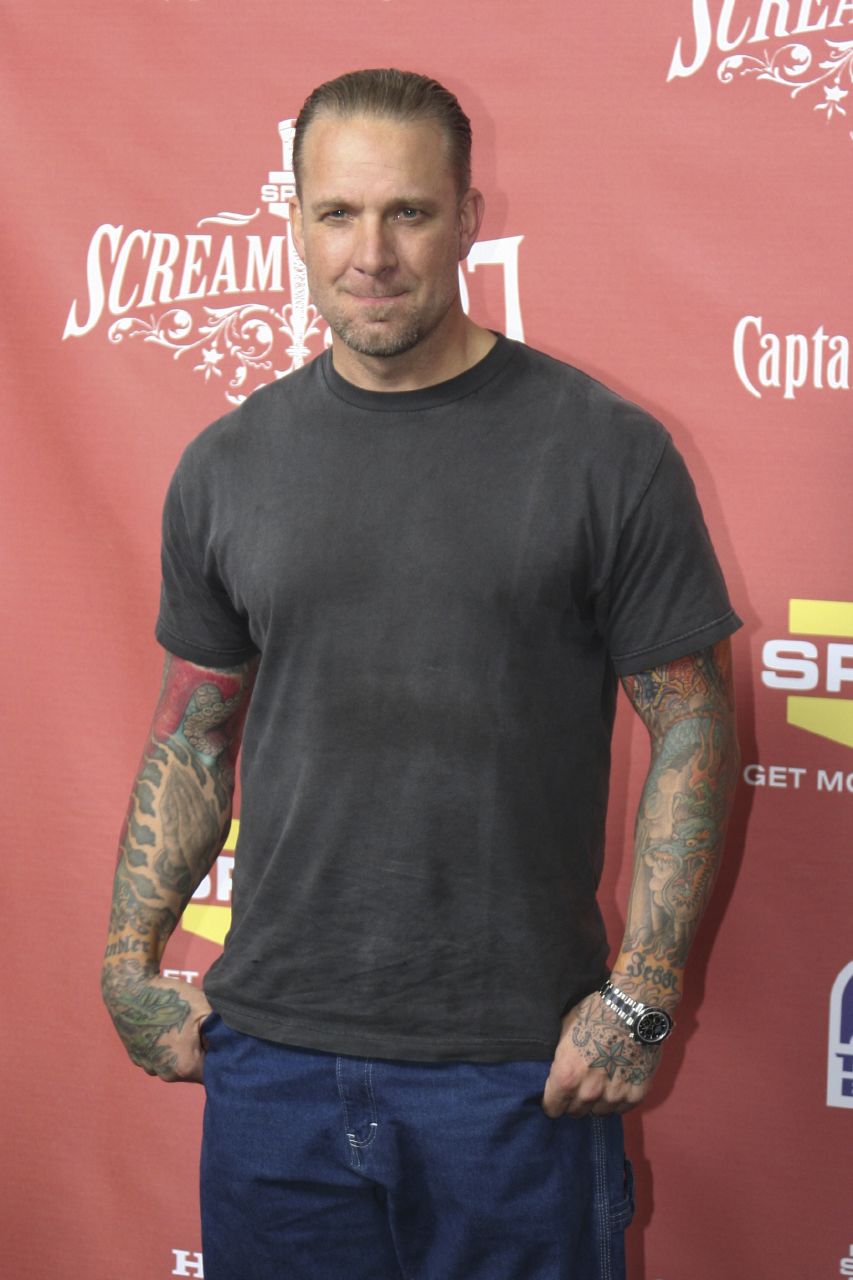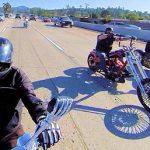History of the Chopper
 Walk in a shop and by a bike it is something … but to build your custom motorcycle by yourself … from my viewpoint… that’s it!
Walk in a shop and by a bike it is something … but to build your custom motorcycle by yourself … from my viewpoint… that’s it!
The history of the “Frisco” style chopper, originated in the late ’50s, mostly by Sonny Barger and Arlen Ness.
History of the Chopper
Fresno California Hells Angles & their style of chopper motorcycle.
From Wikipedia, the free encyclopedia:
Before there were choppers, there was the bobber, meaning a motorcycle that had been “bobbed,” or relieved of excess weight by removing parts, particularly the fenders, with the intent of making it lighter and thus faster, or at least making it look better in the eyes of a rider seeking a more minimalist ride.
An early example of a bobber is the 1940 Indian Sport Scout “Bob-Job” which toured in the 1998 The Art of the Motorcycle exhibition. Indian Scouts and Chiefs of the time came with extravagantly large, heavily valanced fenders, nearly reaching the center of the wheel on the luxurious 1941 Indian Series 441 while racing bikes had tiny fenders or none at all. The large and well-appointed bikes exemplified the “dresser” motorcycle aesthetic and providing a counterpoint to the minimalist bobber, and café racers.
In the post-World War II United States, servicemen returning home from the war started removing all parts deemed too big, heavy, ugly, or not essential to the basic function of the motorcycle, such as fenders, turn indicators, and even front brakes. The large, spring-suspended saddles were also removed in order to sit as low as possible on the motorcycle’s frame. These machines were lightened to improve performance for dirt-track racing and mud racing. In California dry lake beds were used for long top speed runs. Motorcycles and automobiles ran at the same meets, and bobbers were an important part of the hotrod culture that developed in this era.
The first choppers were built in America, and were an outgrowth of the milder customization trend that had originated after WW2 when returning soldiers and others began modifying cars and motorcycles, frequently to improve performance in top-speed races on dry lake beds in Southern California and similar desolate spaces such as unused airstrips in other parts of the country, or on the street for street racing. These early modified motorcycles were known as “bobbers”, and there are many common features between bobbers and choppers, with choppers differentiated being more radically modified, and especially by having the frame tubes and geometry modified (“chopped” by welding) to make the bike longer.
The earliest choppers tended to be based on Harley-Davidson motorcycles, at first making use of the Flathead, Knucklehead and Panhead engines – many of which could be found in surplus military and police motorcycles bought cheaply at auction. As new engines became available they were soon utilized in choppers. British bikes, particularly Triumphs, were also a popular motor for choppers early on. As the Japanese manufacturers began offering larger engines in the late 1960s these motors were also quickly put to use by chopper builders. The Honda 750-4 was the most widely used Japanese motor for chopper builders early on. Choppers have been created using almost every available engine, but builders have always shown a preference for older air cooled designs. It is rare to see a chopper with a radiator.
History of the Chopper










1 Comment
JP · August 12, 2016 at 4:22 pm
The bike in the picture looks just like one that was stolen from me a few years ago.. Funny
Oh and that is a Big Dog chopper. Nothing custom built.